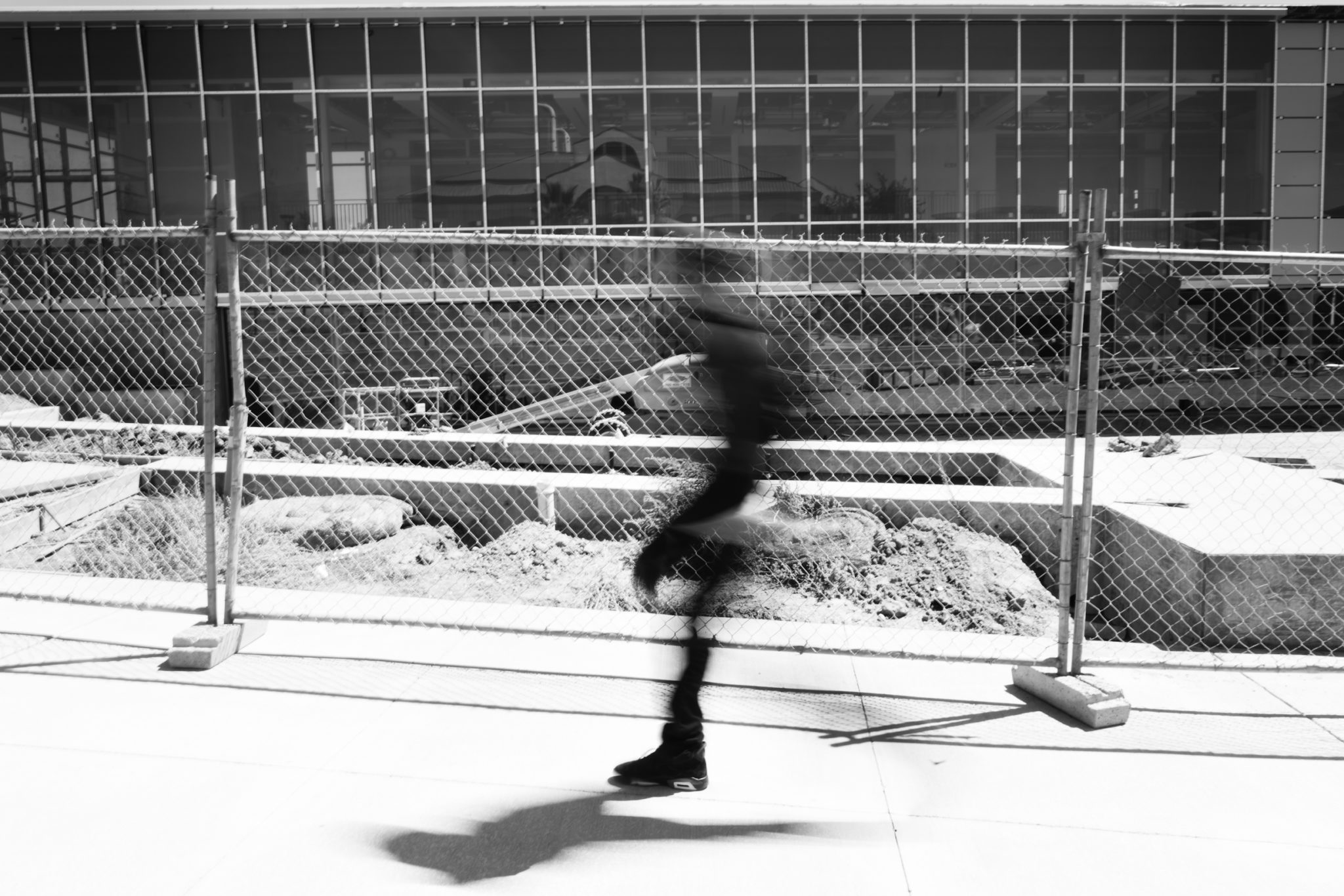The grass problem in the amphitheater is being handled. But was it even a problem in the first place? A long debate between whether to change the design or leave it as it was left the space neglected and practically unused for five years.
Jeff Kingston, Vice President of Admissions said, “There’s differing opinions on whether it should be grass or concrete. I liked the grass, it’s going to be a lot of concrete.”
Kingston was Chancellor of Facilities five years ago when the amphitheater was first built. He did not work on remodeling the space, but did give his thoughts on the matter.
Although the project’s low bid from Integra Construction is costing only $213,980, members of the faculty are still unsure whether the change is necessary. After much detailed planning went through for the original design, a lot of the special design created specifically for the grass tiers is being thrown away.
While the faculty from the Mertes Center originally wanted the grass, after five years of debate, they decided to go with concrete instead.
“When it was first designed, it really was thought that the terraced grass was the preferred design solution.” Said Director of Facilities Douglas Horner.
The grass had its appeal, but it also had problems. There was an unaddressed fungal issue in the turf as well as the time consuming upkeep for the maintenance staff. But with all the time and effort put into the lawn plan, some thought it was worth it to keep the design and fix the problems.
An underground watering system and soft surface grass seating — with a strategically placed patch of lawn for special accessibility seating — is all being replaced with the new concrete plan.
Kingston said, “I’m concerned that once they put the concrete in that people will miss the grass.”
The reason for the grass was that it was soft, visually appealing and more environmentally friendly than the new concrete that’s being poured. But with the concrete surface, the amphitheater is expected to see more use from the theater department and possibly other outside venues.
As Horner said, the project was to make the space more user-friendly, and the removal of the lawn is supposed to do that for the departments who are looking to perform there.
After five years of debate a decision was made and is being enacted. Opposing opinions aside, the concrete is being put in and is still set to be finished by January.


